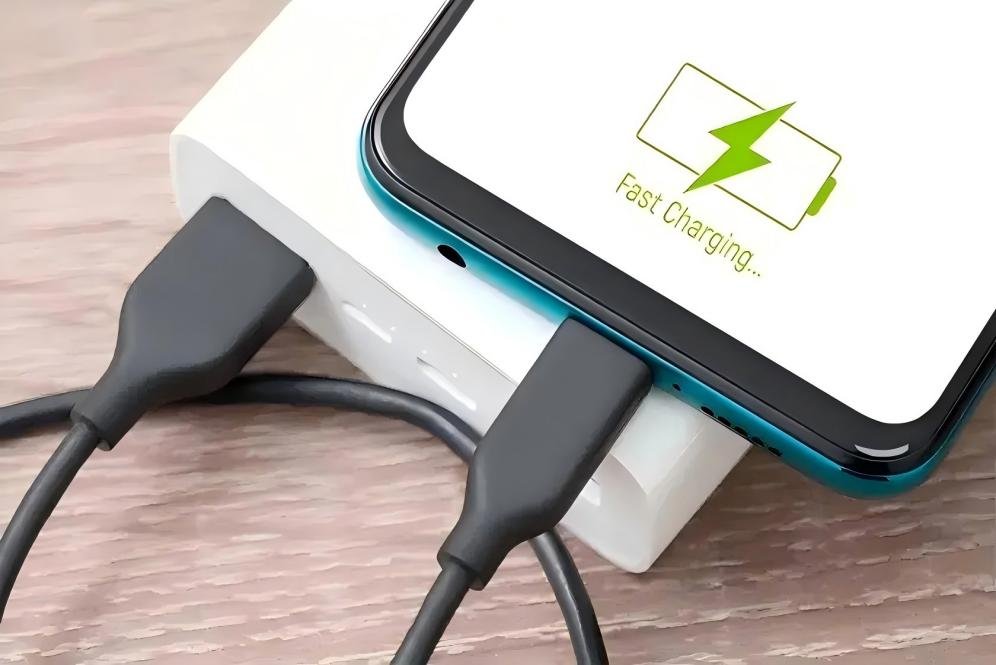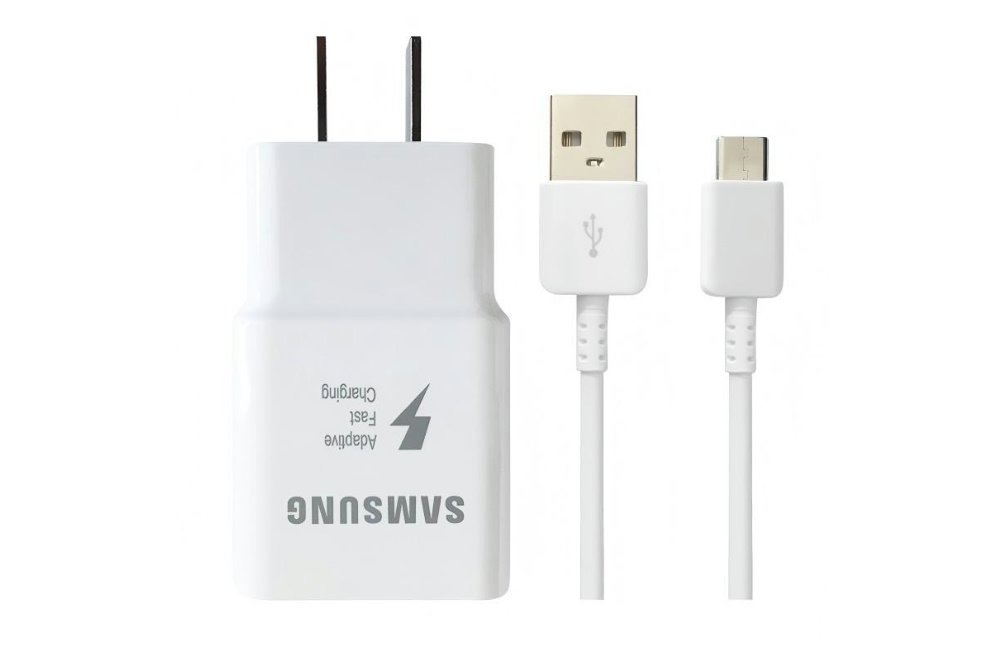Fast Charging Protocols: The Technology Revolutionizing How We Power Our Devices
As smartphones, tablets, and laptops become more and more integrated into daily life, the performance and charging time of electronic device batteries have become critical. In order to meet the demand for enhanced battery performance and faster charging, fast charging protocols have emerged. These protocols can intelligently adjust voltage and current to significantly reduce charging time while ensuring safety and efficiency. This article delves into the working mechanisms of these protocols, explores their various types, and the future development of these fast charging protocols.

What Are Fast Charging Protocols?
The fast charging protocol is an intelligent communication standard used to negotiate the best voltage and current between the charger and the device to achieve faster charging speed. It dynamically adjusts the charging parameters to significantly shorten the charging time while ensuring safety.
Types of Fast Charging Protocols
Fast charging protocols can be broadly categorized into two types: universal protocols and proprietary protocols.
1. Universal Protocols
USB Power Delivery (USB-PD)
Developed by USB-IF, USB-PD supports up to 240W of power and is widely used in smartphones, laptops, and other devices. Its strong compatibility makes it a leading candidate for industry-wide standardization.
Qualcomm Quick Charge (QC)
Developed by Qualcomm, the latest version (QC 5) supports over 100W of power and is compatible with USB-PD. It is commonly used in devices powered by Qualcomm chips.

2. Proprietary Protocols
OPPO VOOC / SuperVOOC
OPPO’s proprietary protocol uses a low-voltage, high-current approach. SuperVOOC supports up to 150W, offering extremely fast charging speeds.

Huawei SuperCharge
Huawei’s proprietary protocol supports up to 135W, is compatible with USB-PD, and incorporates intelligent temperature control for safety.
OnePlus Warp Charge / Dash Charge
OnePlus’s proprietary protocol also uses a low-voltage, high-current approach, with Warp Charge supporting up to 65W.
Samsung Adaptive Fast Charging
Samsung’s protocol is compatible with QC 2.0 and supports up to 45W.

MediaTek Pump Express (PE)
MediaTek’s protocol, with the latest version (PE 4.0) supporting up to 30W, is compatible with USB-PD.
Apple Fast Charging
Apple devices support USB-PD, with iPhones supporting up to 27W and iPad Pro supporting up to 35W.
The Future of Fast Charging Protocols
Fast-charging protocols are heading toward standardization, with USB-PD poised to become the global standard to solve compatibility issues. At the same time, charging power is on track to escalate, with some brands already providing solutions above 200W. Wireless charging advancements are also underway, bringing more powerful capabilities in the near future. Additionally, AI-powered intelligent charging will optimize performance, improving both efficiency and safety. These trends will work in tandem to make fast-charging systems more efficient, user-friendly, and convenient.
Conclusion
The rapid evolution of charging technology is redefining the way we provide power to our devices. In the future, with continued progress, we anticipate even faster charging, wider compatibility across devices, and more efficient, smart charging systems. These advancements will significantly enhance our experience with various electronics, improving both efficiency and convenience in everyday tasks.


